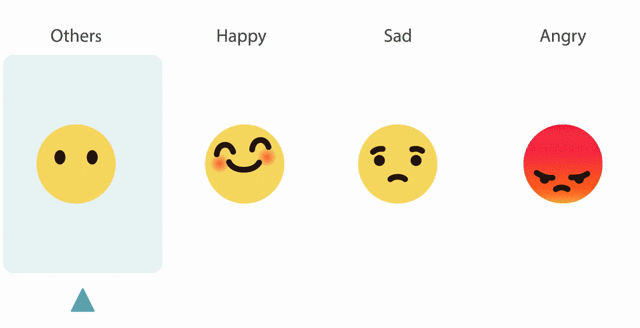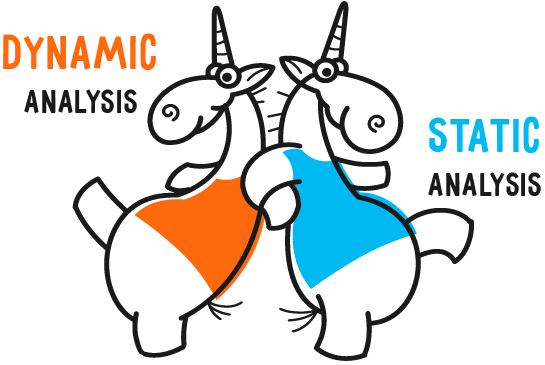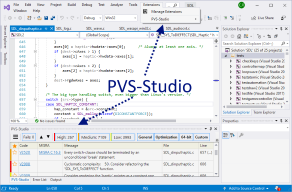Frontend Weekly Digest (29 July – 4 August 2019)



User interfaces of modern enterprise applications are quite complex. You, as a developer, often need to implement in-app navigation, validate user input, show or hide screens based on user preferences. For better UX, your app should be capable of saving state to the disk when the app is suspending and of restoring state when the app is resuming.
ReactiveUI provides facilities allowing you to persist application state by serializing the view model tree when the app is shutting down or suspending. Suspension events vary per platform. ReactiveUI uses the Exit event for WPF, ActivityPaused for Xamarin.Android, DidEnterBackground for Xamarin.iOS, OnLaunched for UWP.
In this tutorial we are going to build a sample application which demonstrates the use of the ReactiveUI Suspension feature with Avalonia — a cross-platform .NET Core XAML-based GUI framework. You are expected to be familiar with the MVVM pattern and with reactive extensions before reading this note. Steps described in the tutorial should work if you are using Windows 10 or Ubuntu 18 and have .NET Core SDK installed. Let's get started! Source code of the app described in this tutorial is available on GitHub.










Swoft is a PHP microservices coroutine framework based on the Swoole extension. Like Go, Swoft has a built-in coroutine web server and a common coroutine client and is resident in memory, independent of traditional PHP-FPM. There are similar Go language operations, similar to the Spring Cloud framework flexible annotations, powerful global dependency injection container, comprehensive service governance, flexible and powerful AOP, standard PSR specification implementation and so on.
Through three years of accumulation and direction exploration, Swoft has made Swoft the Spring Cloud in the PHP world, which is the best choice for PHP's high-performance framework and microservices management.
Swoft officially recommends that developers use service mesh patterns, such as the Istio/Envoy framework, to separate business and service governance, but Swoft also provides a set of microservices components for small and medium-sized businesses to quickly build microservices.



After working on different projects, I've noticed that every one of them had some common problems, regardless of domain, architecture, code convention and so on. Those problems weren't challenging, just a tedious routine: making sure you didn't miss anything stupid and obvious. Instead of doing this routine on a daily basis I became obsessed with seeking solution: some development approach or code convention or whatever that will help me to design a project in a way that will prevent those problems from happening, so I can focus on interesting stuff. That's the goal of this article: to describe those problems and show you that mix of tools and approaches that I found to solve them.


\ symbol in regular string have special meaning. \t is tab character, \r is carriage return and so on.r'\t' is just backslash and t.' inside r'...'. However, it still can be escaped by \, but \ is preserved in the string:

